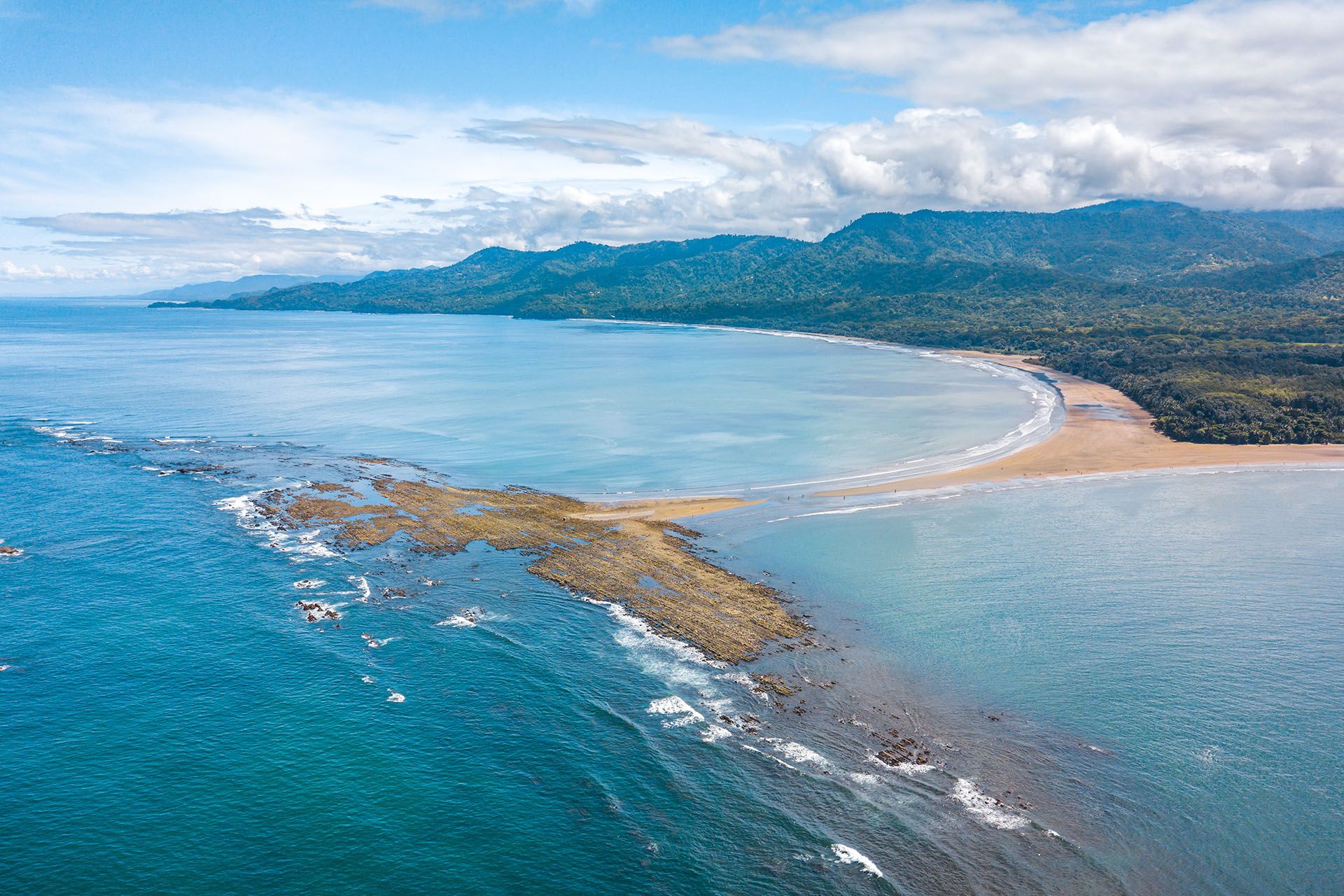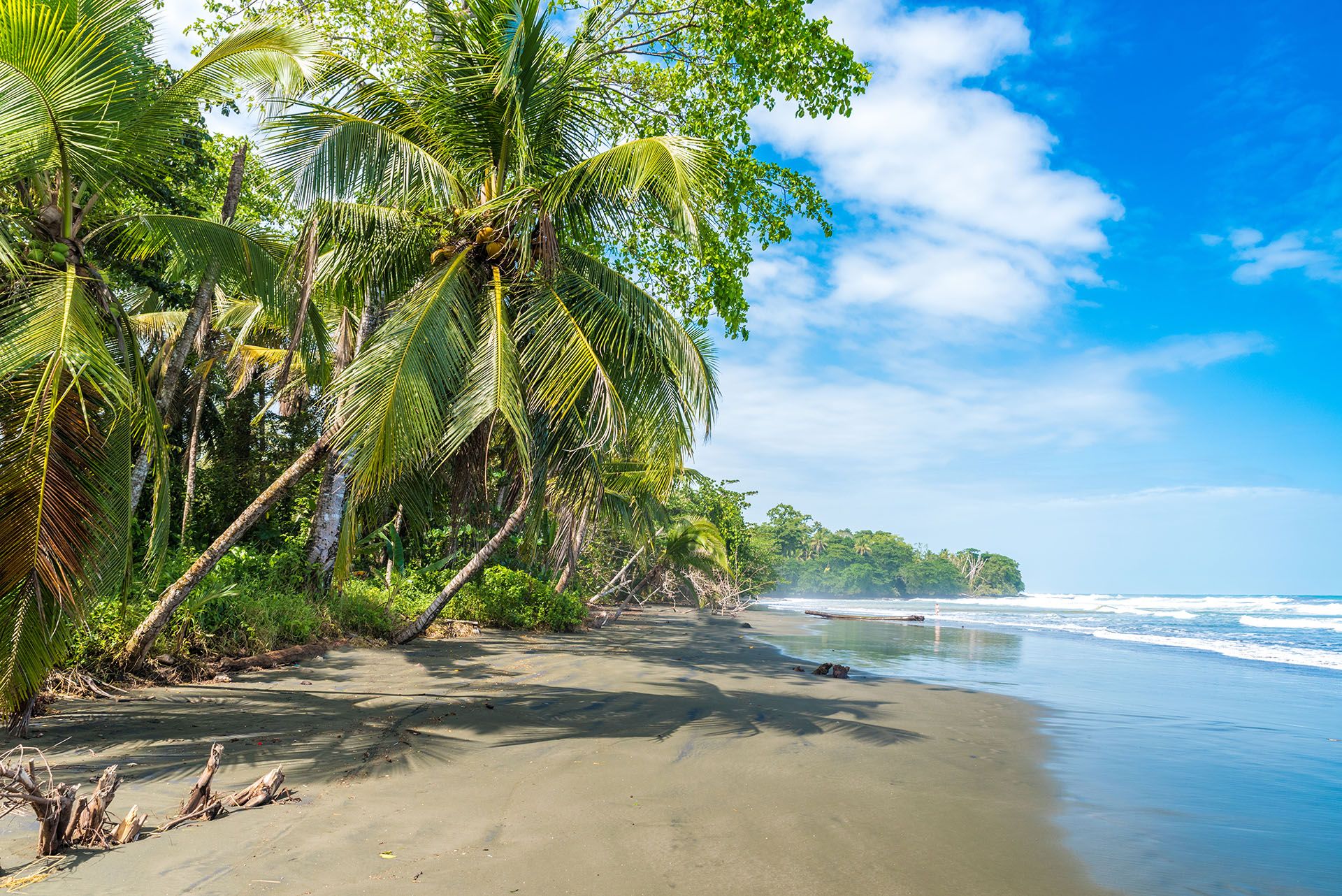Travel advice for Costa Rica
From travel safety to visa requirements, discover the best tips for visiting Costa Rica
- Costa Rica travel tips for first timers: what to know
- How to get around in Costa Rica?
- Best time to visit Costa Rica
- Papagayo, Costa Rica
- Tortuga island, Costa Rica
- Costa Rica Weather in January
- Costa Rica Weather in March
- Costa Rica Weather in April
- Costa Rica Weather in May
- Weather in Costa Rica in August
- Weather in Costa Rica in June
- Costa Rica Weather in November
- How to get from San Jose to Puerto Viejo
- How to get from San Jose to Tortuguero
- How to get from San José to La Fortuna
- How to get from San José to Tamarindo
- Travel health tips for Costa Rica
- Costa Rica history
- 10 tips for whale watching in Uvita, Costa Rica
- Costa Rica family vacation guide
- Why Costa Rica is perfect for a luxury family vacation
- Beach
- Authentic Experiences
- Costa Rica
- Inspiration
- See & Do
















